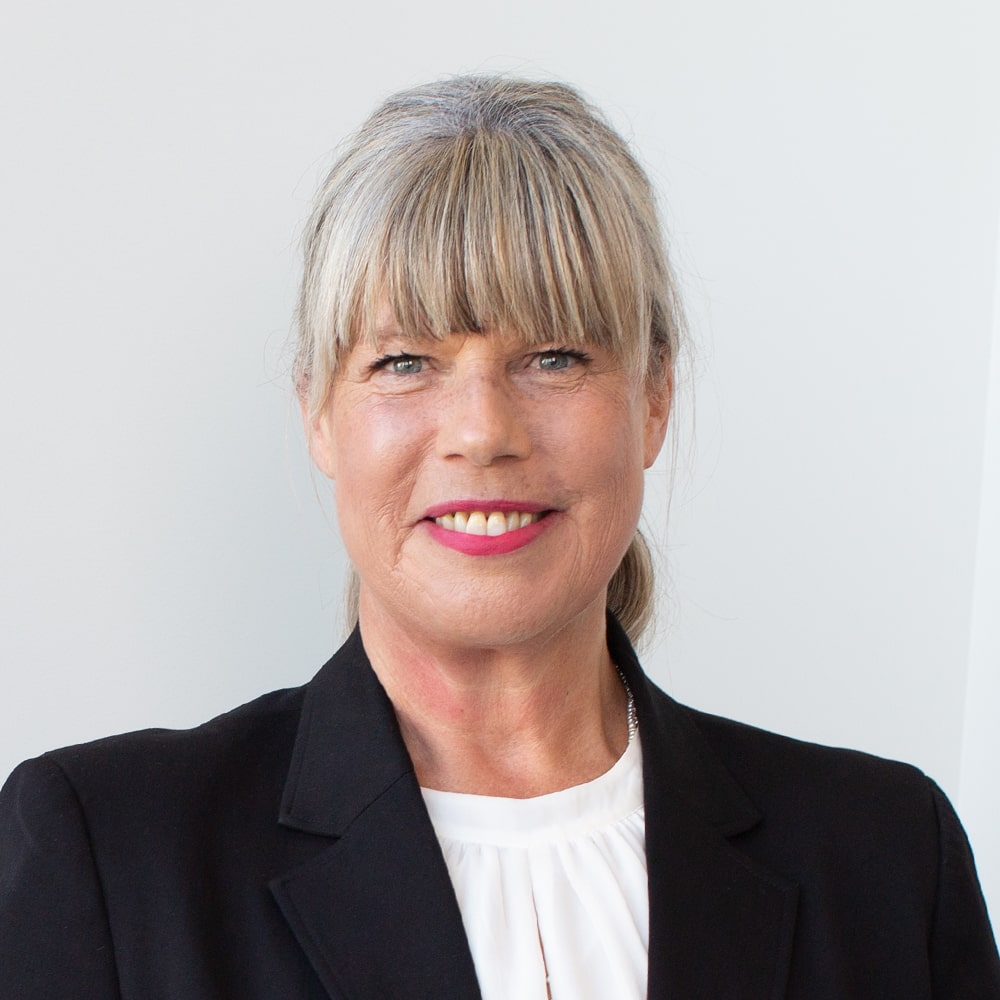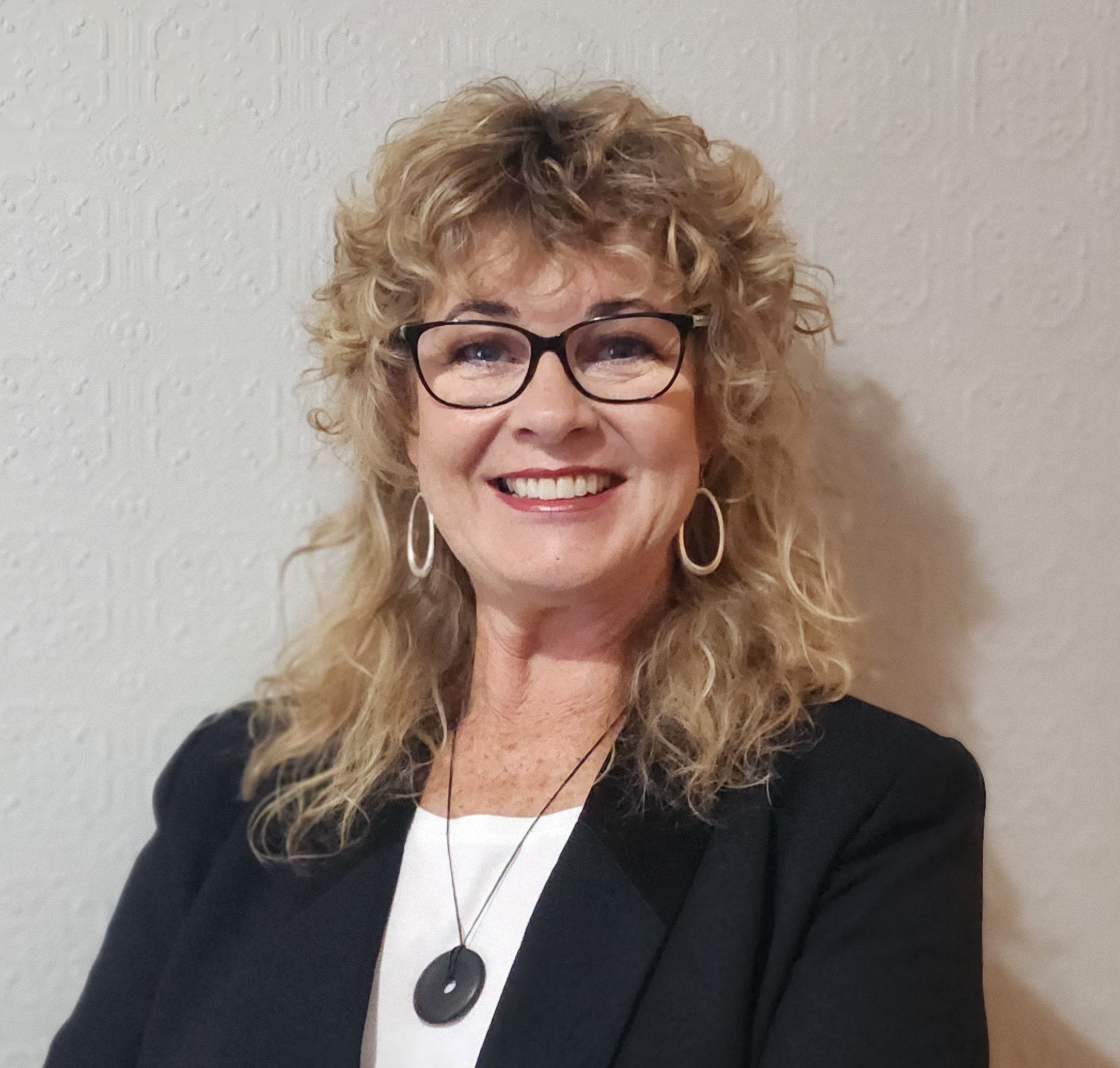For many of us, a large portion of our day is spent at work. In fact, one third of your life will be spent working – that’s 90,000 hours over a lifetime! So, it’s safe to say that what you do during those 90,000 hours can have a major impact on your quality of life.
There have been many studies that attempt to corelate happiness with work. For example, researchers at Columbia University and the Vancouver and London Schools of Economics have been compiling the annual Work Happiness Report since 2012. The purpose of the survey is to measure and understand subjective wellbeing, loosely referred to as ‘happiness’.
The report includes an overall country ranking, where people are asked to quantify the quality of their current life on a scale of 0 to 10. In the 2018 report, New Zealand ranked in the top 10 (#8), two spots ahead of Australia. Not surprisingly, Scandinavian countries took up the top 5 spots.
What is it about Nordic countries that make people so content and what can we learn from them? According to the research, the answer seems to be in the country’s relative investment in wellbeing – things like access to heath and education along with infrastructure. Basically, how the country converts wealth (as measured by income levels) into wellbeing.
Digging deeper, there’s also evidence that people in Northern European countries receive more neighbourly support – the argument being that people want to feel secure. As an example of social support, individuals are more likely to pick up and return a stranger’s wallet in the Nordic countries.
There are other factors at play beyond social support, for example a country with a high ranking in happiness or wellbeing needs to also have the basics like an economy with high GDP per capita.
Thinking in terms of a workplace, what links (and learnings) can we see in the study of wider societal happiness? A society is essentially an aggregate of people, or a ‘community’. Not that dissimilar to a work environment, especially when you consider the amount of time you spend as part of your work community. We can learn a lot from wellbeing initiatives in European countries and take those learnings to help build constructive workplace cultures.
For example, ideas like creating positive social spaces where people can have good face to face interactions with each other. Whether it’s collaborative spaces, open plan layouts or agile processes – the idea of bringing people together, helping each other towards a common goal, makes people feel better about their purpose.
Job security and conditions in a workplace inevitably have a dramatic impact on happiness. Most of us strive for stability and having a culture of easy hiring and easy firing impact satisfaction in the workplace.
Work-life balance emerges as a strong predictor of people’s happiness, particularly the higher up you go in the corporate structure. There are plenty of ideas on how to foster this in the workplace, from supporting overachievers who develop perfectionist tendencies through to flexible working arrangements and encouraging exercise/meditation.
Other considerations include job variety, learning new things and factors like the level of autonomy in a role. For most of us, having more control over what we do, makes us happier.
Just like the Work Happiness Report, there are other non-negotiables that we need to consider when looking at happiness in the workplace. For example, creating an environment that minimises conflicts and workplace politics, or having acceptable working conditions.
Some of what we have reflected on above can be controlled or cultivated by employers – having a positive, constructive and healthy workplace creates the right environment for happiness, which will be reflected in the engagement and performance of your employees.
Need help?
If you are looking for support to identify, develop and implement strategies to establish and build a positive internal company culture, get in touch with us. We’d love to chat.
The Decipher Team
To stay on top of current recruitment trends and technologies follow Decipher Group on LinkedIn.








